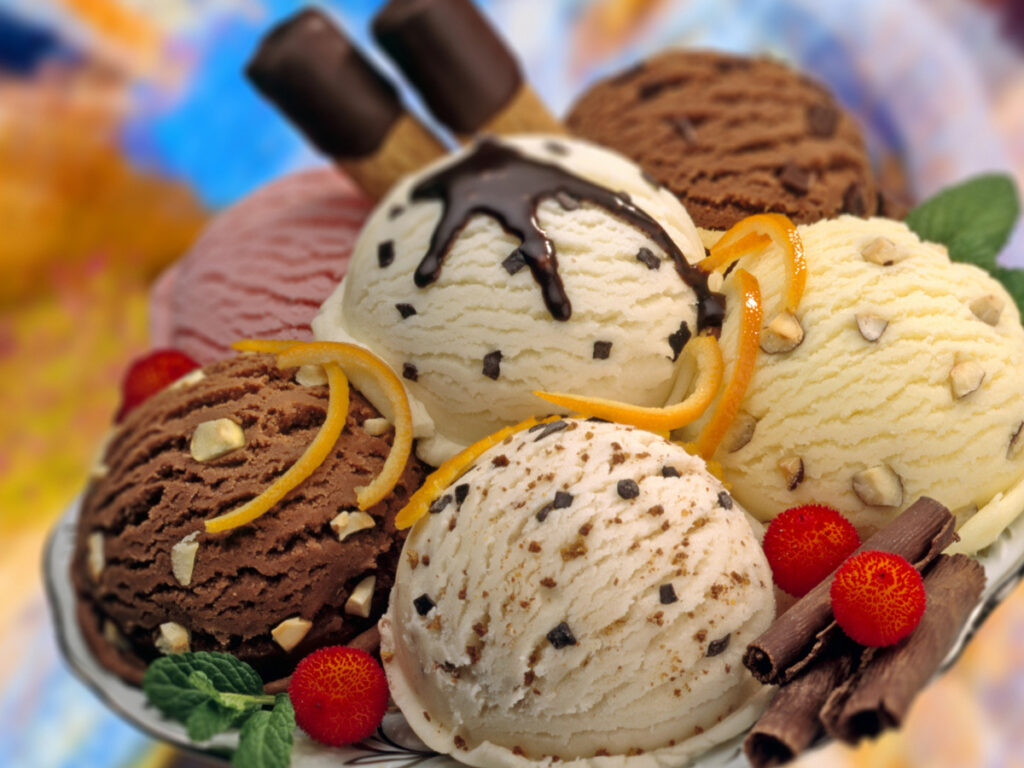The composition of milk varies among mammals, primarily to meet growth rates of the individual species. The proteins contained within the mother’s milk are the major components contributing to the growth rate of the young animals. Human milk is relatively low in both proteins and minerals compared with that of cows and goats.
Goat milk has about the same nutrient composition as cow milk, but it differs in several characteristics. Goat milk is completely white in colour because all the beta-carotene (ingested from feed) is converted to vitamin A. The fat globules are smaller and therefore remain suspended, so the cream does not rise and mechanical homogenization is unnecessary. Goat milk curd forms into small, light flakes and is more easily digested, much like the curd formed from human milk. It is often prescribed for persons who are allergic to the proteins in cow milk and for some patients afflicted with stomach ulcers.
Sheep milk is rich in nutrients, having 18 percent total solids (5.8 percent protein and 6.5 percent fat). Reindeer milk has the highest level of nutrients, with 36.7 percent total solids (10.3 percent protein and 22 percent fat). These high-fat, high-protein milks are excellent ingredients for cheese and other manufactured dairy products.


